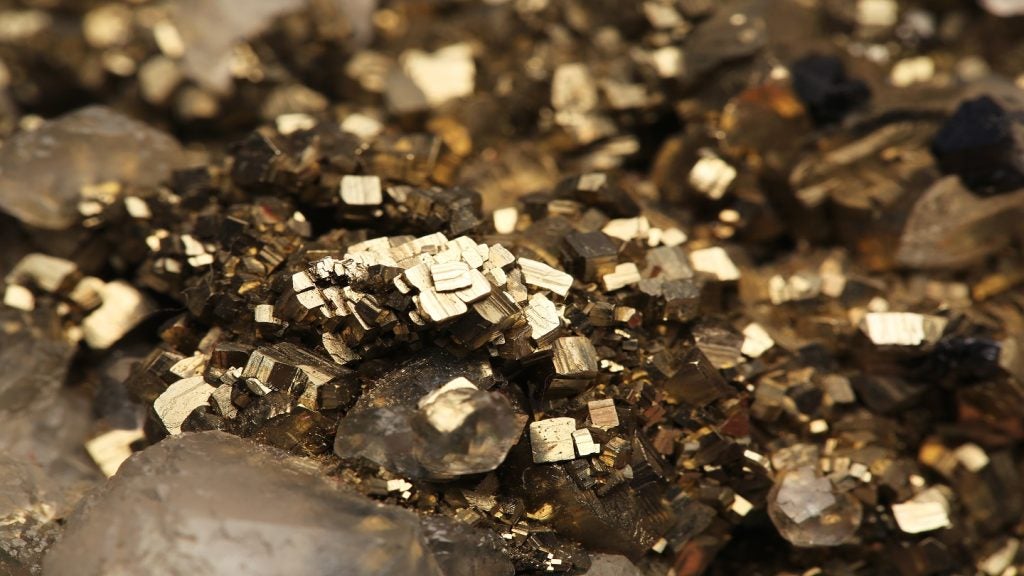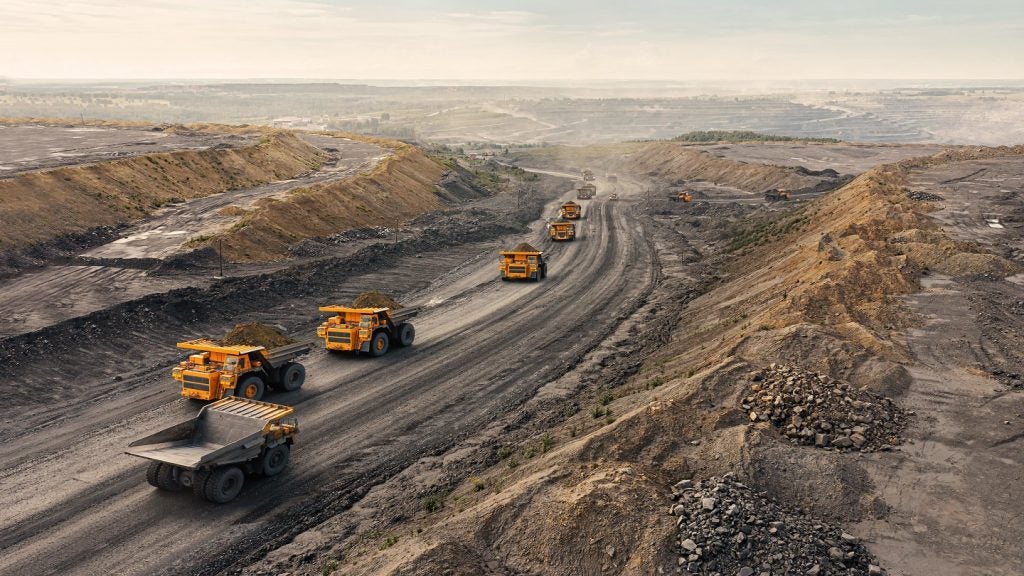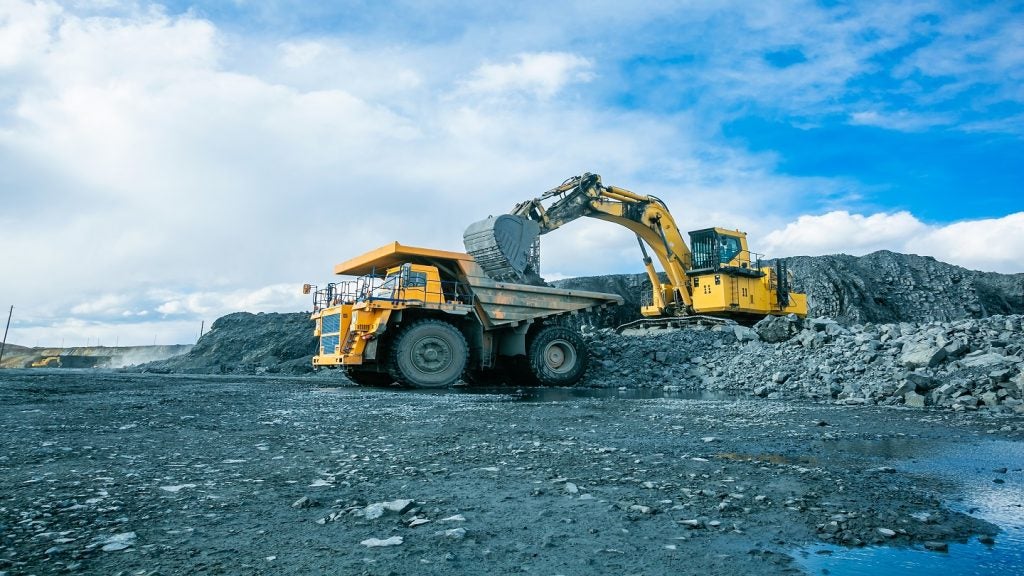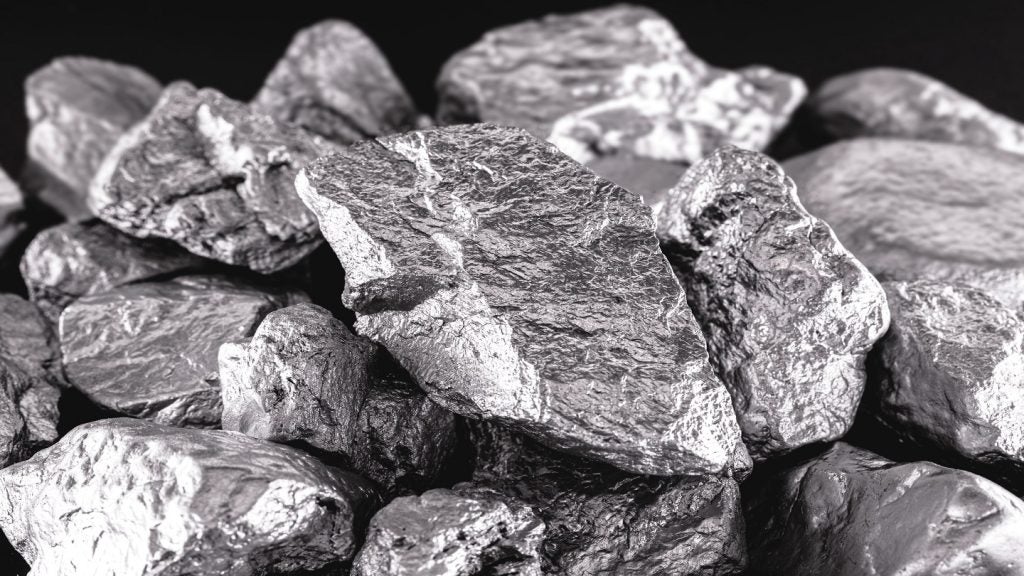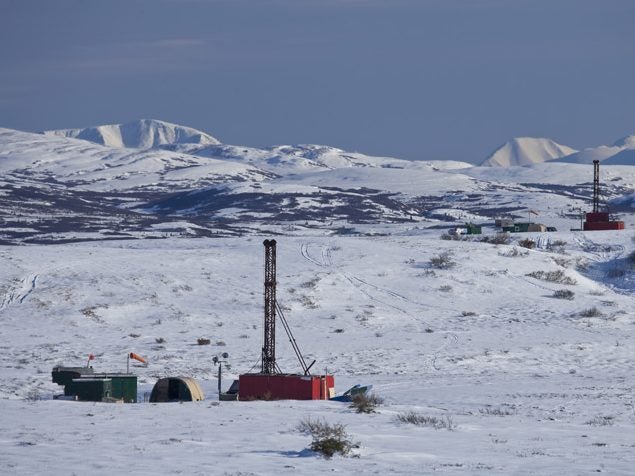
Pebble, the copper, gold and molybdenum deposit in the Bristol Bay region of Alaska, could receive its final hurdle before approval this week. Regulatory chief for the US Army Corps of Engineers Dave Hobbie has announced that a final environmental impact statement (EIS) will be published this Friday.
Hobbie said on Monday that an ultimate permit decision would be made no earlier than 30 days after the release of the EIS. The Pebble deposit is in a largely-uninhabited area of Bristol Bay, with the nearest communities being small villages around 32km away. The deposit is 320km southwest of Anchorage, Alaska.
Pebble plans
A project long in the making, in 2008 Pebble was estimated to ore deposit of its typecontains. According to Northern Dynasty Minerals, which owns 100% of the Pebble Partnership responsible for developing the deposit, the current resource estimate includes 6.5 billion tonnes in the measured and indicated categories, including 57 billion pounds of copper, 71 million ounces of gold, 3.4 billion pounds of molybdenum and 345 million ounces of silver. The inferred category includes 4.5 billion tonnes of those metals, and there are also occurrences of palladium and rhenium in the deposit.
In July last year, the US Environmental Protection Agency (EPA) scrapped proposed restrictions on mining operations in Bristol Bay, after the agency reconsidered an Obama-era decision that halted development on the deposit owing to concerns it could harm Alaska’s salmon fishing industry. After an administrative change and President Trump’s enthusiasm for US mining, the project was able to recommence development.
In a statement following Hobbie’s announcement, Pebble Partnership CEO Tom Collier said: “We have reason to believe that Pebble will be judged to be a project of merit, and will receive its key federal permits under the Clean Water Act and River & Harbors Act this summer. The next steps facing the company and the project will be to secure a major funding partner and acquire the state permits necessary to take Pebble into production.
“State permitting for Pebble is expected to take 2 – 3 years to complete, followed by a four-year construction phase. Once operating, Pebble will be among the leading metals producers in the United States.”
How well do you really know your competitors?
Access the most comprehensive Company Profiles on the market, powered by GlobalData. Save hours of research. Gain competitive edge.

Thank you!
Your download email will arrive shortly
Not ready to buy yet? Download a free sample
We are confident about the unique quality of our Company Profiles. However, we want you to make the most beneficial decision for your business, so we offer a free sample that you can download by submitting the below form
By GlobalDataBenefits of Pebble
The sheer size of the Pebble deposit has been seen as an economic boon to a state that has long been in financial difficulty. The Pebble Partnership claims that the project will provide substantial economic benefits, providing an estimated revenue to the Lake and Peninsula borough of around $20m, and between $49m and $66m annually in potential state taxes and royalties.
Pebble could create up to 1,000 direct jobs in the area, and a further 1,000 indirect jobs. The economic benefits have been a strong draw, reducing unemployment in an increasingly poverty-stricken region of Alaska.
Mining operations at Pebble getting greenlit would be a win for the Trump administration, which has sought to reduce US reliance on foreign countries for its metals and minerals. The US currently imports 35% of its annual copper demand from foreign producers. With copper a particularly important metal as the world transitions towards renewable forms of electricity generation, the US reliance on imports is expected to grow as domestic demand grows.
Opposition to Pebble
Opponents to the mine have largely centred the argument around the local fishing industry – Bristol Bay is one of the most valuable salmon fisheries in the world – and those opposed to the Pebble mine claim that downstream salmon and freshwater fish are vulnerable to pollutants generated at the mine. It’s also claimed by some local opponents that the sustainable fishing industry in the region, with a long history behind it, is a better source of long-term jobs than a mine with a 20-year lifespan.
Northern Dynasty and the Pebble Partnership have vowed to protect the environment and the fisheries, and the impact on wildlife will be a focus of the EIS when it is published. A draft version of the EIS previously suggested that co-existence between Pebble and the fisheries and water resources of Bristol Bay could be feasible.



